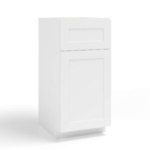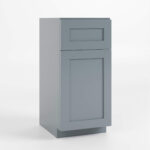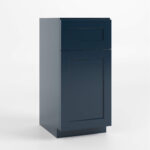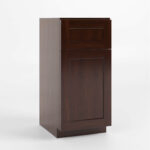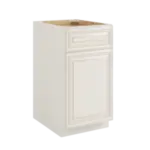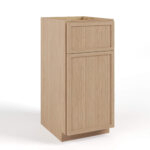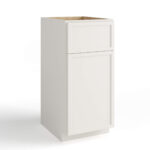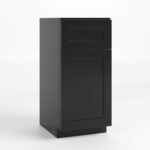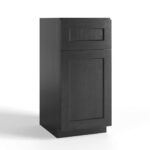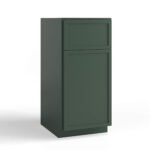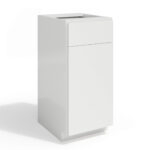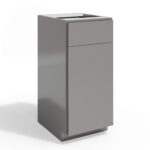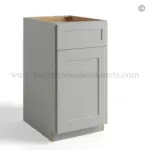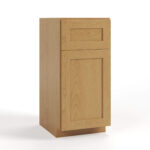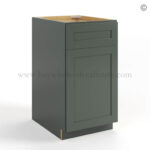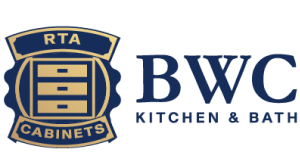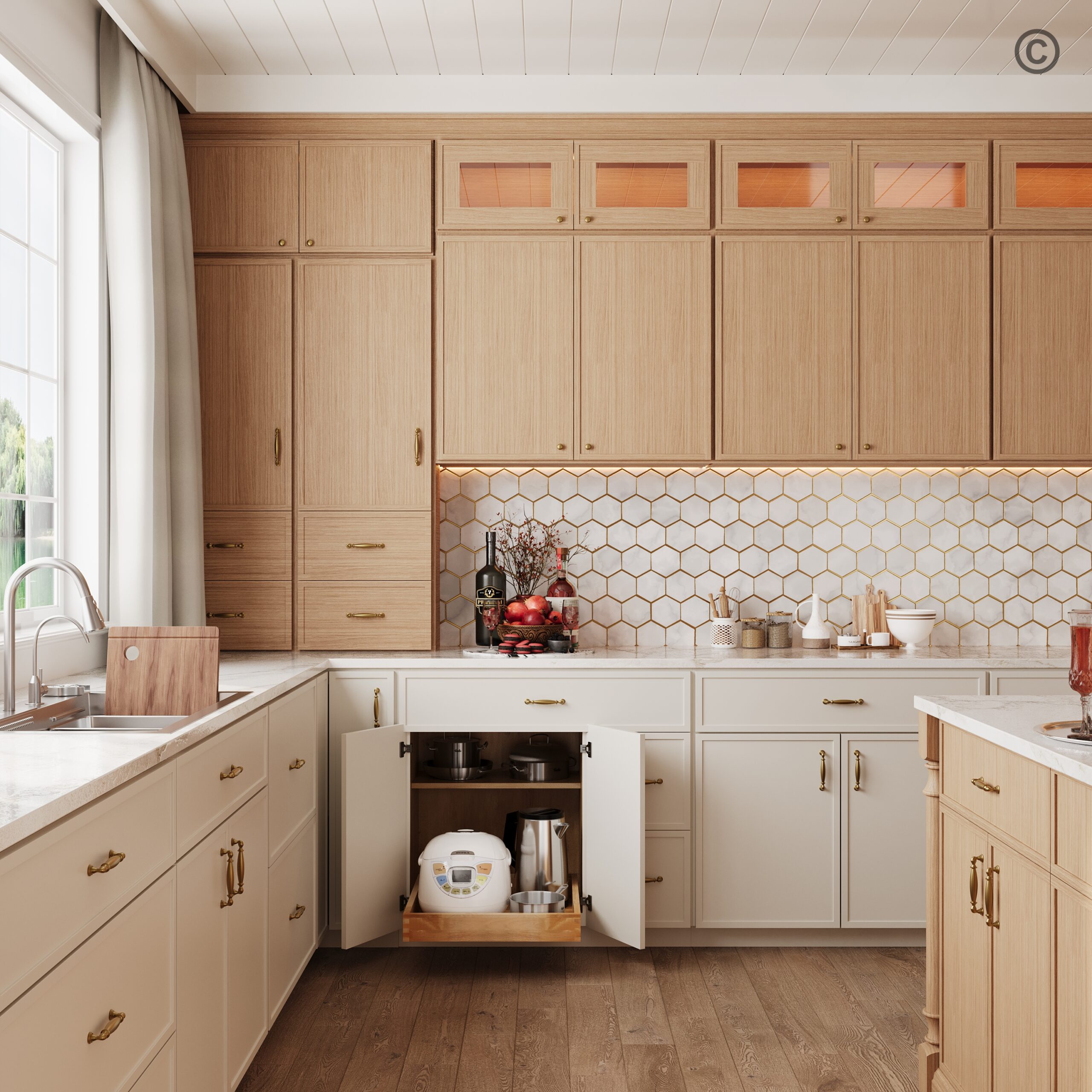Table of contents:
- Understanding the Importance of Regular Cabinet Cleaning
- Gathering the Necessary Cleaning Materials
- The Step-by-Step Process of Cleaning Your White Kitchen Cabinets
- Advanced Tips and Tricks for Maintaining White Kitchen Cabinets
- The Don’ts When Cleaning White Cabinets
- Conclusion: Embrace a Cleaner, Fresher White Kitchen
- Get Beautiful White Cabinets from Buy Wholesale Cabinets
- Frequently Asked Questions
White kitchen cabinets can brighten up your kitchen, making it look cleaner, larger, and more inviting. However, maintaining the pristine white color takes a little extra effort and technique. Over time, cabinets can accumulate grease, dust, and stains, which not only dull their appearance but can also shorten their lifespan. Whether you’re dealing with years of built-up grime or just want to give your kitchen a fresh look, knowing how to properly clean white cabinets is essential. This comprehensive cleaning guide will walk you through the most effective methods for maintaining your beautiful white cabinets while preserving their finish and extending their lifespan.
Still deciding whether to buy white cabinets? Here’s why white kitchen cabinets are still trendy.
Understanding the Importance of Regular Cabinet Cleaning
Why Cleaning Your Kitchen Cabinets Matters
Kitchen cabinets are constantly exposed to cooking residue, grease, dust, and daily handling. Over time, these elements can accumulate and compromise both the appearance and integrity of your cabinets, especially white ones. Premium white cabinets require consistent care to maintain their pristine appearance and prevent buildup that can be difficult to remove once it becomes embedded in the surface. Regular maintenance ensures your cabinets continue to enhance your kitchen’s aesthetic while protecting the specialized finishes that make them stand out.
The Effect of Cleaning on the Lifespan of Kitchen Cabinets
Quality kitchen cabinets represent a significant investment in your home. Routine cleaning helps prevent the accumulation of substances that can gradually break down protective finishes and potentially damage the underlying materials. For cabinets with advanced finishes, proper maintenance ensures these protective features continue functioning effectively. Regular cleaning also allows you to identify and address any potential issues before they develop into more serious problems requiring costly repairs or replacement.
The Impact of Regular Cleaning on the Look of White Kitchen Cabinets
White cabinets tend to showcase dirt so you should regularly wipe them down to maintain their sparkling appearance. Professional-grade white cabinets with proper UV protection and multiple paint layers are designed to resist yellowing and discoloration, but this doesn’t make them immune to surface soil and stains. Consistent cleaning helps maintain the bright, clean appearance that makes white cabinets so appealing, while preventing the gradual dulling that can occur when dirt and grease are allowed to accumulate over time.
Gathering the Necessary Cleaning Materials
Essential Cleaning Products
Before you start to clean, you’ll need to gather the appropriate cleaning supplies that won’t damage your cabinet. Premium cabinets require careful consideration of cleaning products to protect their specialized finishes. We recommend using:
- Mild dish soap or specialized wood cleaner
- White vinegar (for stubborn grease)
- Baking soda (for tough stains)
- Warm water
- Clean microfiber cloths
- Mineral oil (for conditioning wood components)
When selecting cleaning products, always opt for gentle, non-abrasive options. Harsh chemicals can damage protective UV coating and paint layers that give premium white cabinets their distinctive finish and longevity.
Recommended Tools for Effective Cleaning
The right tools make a significant difference in the efficiency and effectiveness of your cleaning process. Professional-grade cabinets deserve professional-grade care. Here are the tools you will need to keep your cabinets clean:
- Soft microfiber cloths (multiple)
- Soft-bristled brush or toothbrush for corners
- Spray bottle for cleaning solution
- Clean, dry towels for drying
- Step stool or ladder for reaching upper cabinets
- Cabinet hardware cleaning brush
- Vacuum with soft brush attachment
These tools allow for thorough cleaning while minimizing the risk of scratching or damaging your cabinet’s finish. Quality microfiber cloths are particularly important as they effectively clean without leaving scratches or residue.
Safety Precautions When Cleaning Kitchen Cabinets
Safety should always be a priority when cleaning kitchen cabinets, both for personal protection and to prevent damage to your cabinetry. Always have:
- Rubber gloves for skin protection
- Non-slip mat when using step stools
- Proper ventilation in the cleaning area
- First aid kit nearby
Always test cleaning solutions on a small, hidden area first to ensure compatibility with your cabinet’s finish.
The Step-by-Step Process of Cleaning Your White Kitchen Cabinets
1. Initial Cabinet Cleaning: Dusting and Vacuuming
Begin with a thorough removal of loose dirt and debris. Using your vacuum’s soft brush attachment, carefully clean all cabinet surfaces, paying special attention to corners, edges, and the spaces around hardware. Follow this with a wipe-down using a slightly damp microfiber cloth to remove any remaining dust. This preliminary step prevents scratching during deeper cleaning and ensures better results with your cleaning solutions.
2. Dealing with Grease and Stains: Best Cleaning Solutions
For everyday cleaning, mix a small amount of mild dish soap with warm water. Apply this solution using a well-wrung microfiber cloth, working in small sections and following the grain of the wood or material. For stubborn grease, create a solution of equal parts white vinegar and warm water. Apply this mixture sparingly and wipe clean immediately, following with a clean, damp cloth to remove any residue. Never allow cleaning solutions to sit on cabinet surfaces, as this can potentially compromise the protective finishes.
3. Special Attention to White Cabinets: Tips to Protect the Color
White cabinets require specific attention to maintain their bright, clean appearance. When cleaning, always work in good lighting to ensure you’re not missing any spots. After cleaning with your chosen solution, follow up with a clean, damp cloth to remove any residue, then immediately dry with a fresh microfiber cloth. Pay special attention to areas around handles and edges where hands frequently touch, as these areas can accumulate oils that may eventually cause discoloration.
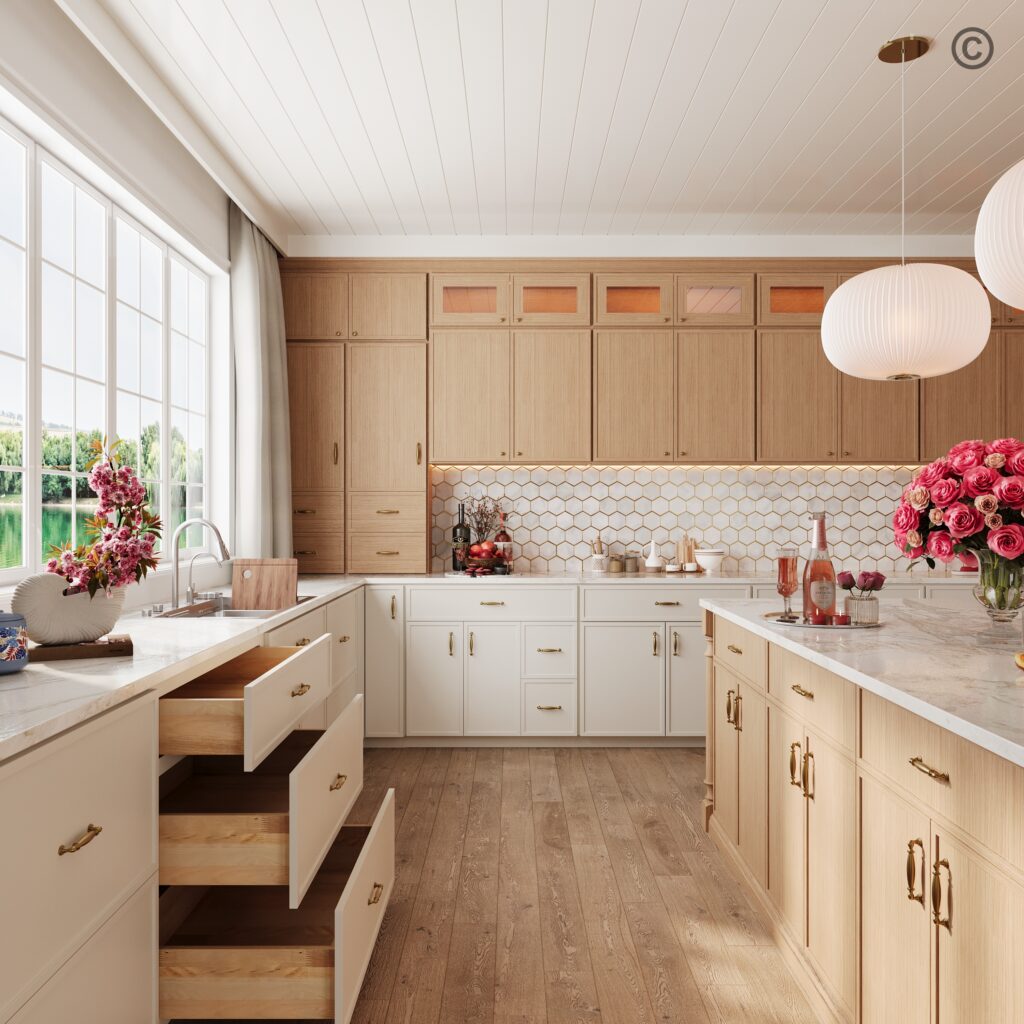
Advanced Tips and Tricks for Maintaining White Kitchen Cabinets
How to Deal with Persistent Stains and Scratches
For tough stains that resist normal cleaning, create a paste using baking soda and water. Apply this gently with a soft cloth, working in circular motions. Never scrub aggressively, as this can damage the finish. For minor scratches in painted surfaces, consult with your cabinet manufacturer about touch-up options. Premium cabinets often have specific care requirements to maintain their warranty coverage.
Using Professional Cleaning Services
While regular maintenance can be handled by homeowners, periodic professional cleaning can help maintain the pristine appearance of white cabinets, particularly in heavily used kitchens. Professional services have access to specialized products and techniques that can remove built-up residue while protecting your cabinet’s finish. When selecting a service, ensure they have experience with high-end cabinetry and understand the specific requirements of your cabinet’s finish.
Setting a Routine Cleaning Schedule
Establish a regular cleaning schedule based on your kitchen’s usage. Light weekly cleaning prevents grease buildup and makes deeper cleaning sessions more manageable. Generally, a thorough cleaning every month, combined with immediate attention to spills and splatters, helps maintain the appearance and integrity of white cabinets. Keep a cleaning kit readily available to handle immediate needs.
The Don’ts When Cleaning White Cabinets
Common Mistakes To Avoid
Never use abrasive cleaners, steel wool, or scouring pads on your cabinets, as these can permanently damage the finish. Avoid excessive water, which can seep into seams and joints, causing swelling or delamination. Additionally, don’t spray cleaners directly onto cabinet surfaces; instead, apply them to your cleaning cloth first.
Inappropriate Cleaning Materials and Methods
Steam cleaning, while effective for some surfaces, can damage cabinet finishes and compromise their structural integrity. Avoid ammonia-based cleaners, which can break down protective finishes over time. Magic erasers and other abrasive cleaning tools, while tempting for tough stains, can wear through your cabinet’s protective coating and damage the underlying finish.
The Risks of Neglecting Regular Cabinet Cleaning
Neglecting regular cabinet cleaning can lead to permanent staining, degradation of protective finishes, and potential structural issues. Accumulated grease and grime can become increasingly difficult to remove over time, potentially requiring professional intervention or, in extreme cases, refinishing or replacement. Regular maintenance is far less costly than addressing problems that develop from neglect.
Conclusion: Embrace a Cleaner, Fresher White Kitchen
Maintaining white kitchen cabinets requires attention to detail and consistent care, but the results are worth the effort. By following these guidelines and using appropriate cleaning methods, you can preserve the beauty and functionality of your white cabinets for years to come. Remember that quality cabinets are an investment in your home, and proper maintenance protects that investment.
Get Beautiful White Cabinets from Buy Wholesale Cabinets
At Buy Wholesale Cabinets, we pride ourselves on offering premium white RTA (Ready to Assemble) cabinets featuring seven layers of paint protection and UV coating, ensuring enduring durability. Our cabinets are manufactured to the highest standards, using quality materials and construction techniques that make maintenance simple and effective. We source directly from top manufacturers in Vietnam and Thailand, offering superior quality at wholesale prices with savings of 40-60% compared to big box stores. When you choose BWC, you’re investing in cabinets that are built to last and designed to maintain their beautiful appearance for years to come.
Ready to transform your kitchen with premium white cabinets? Explore our selection of white RTA cabinets and start your order today.
Related: How to Coordinate Walls with Gray Kitchen Cabinet Tones
FAQ
How often should I clean my white kitchen cabinets?
For optimal maintenance of white kitchen cabinets, perform light cleaning weekly and deep cleaning monthly. However, high-traffic kitchens may require more frequent cleaning. Always address spills and splatters immediately to prevent staining.
What is the best cleaner for white kitchen cabinets?
The best cleaner for white kitchen cabinets is a mild solution of dish soap and warm water. For tougher cleaning needs, a mixture of white vinegar and water is effective. Avoid harsh chemicals that can damage the cabinet’s protective finish.
Can I use Magic Erasers on white kitchen cabinets?
We don’t recommend using Magic Erasers on white kitchen cabinets as they can be abrasive and damage the protective finish. Instead, use soft microfiber cloths with appropriate cleaning solutions to maintain your cabinets’ appearance.
How do I remove yellowing from white kitchen cabinets?
To address yellowing, first clean with a mild soap solution. For persistent yellowing, a mixture of white vinegar and water can help. However, quality cabinets with proper UV protection, like those from BWC, are designed to resist yellowing when properly maintained.
